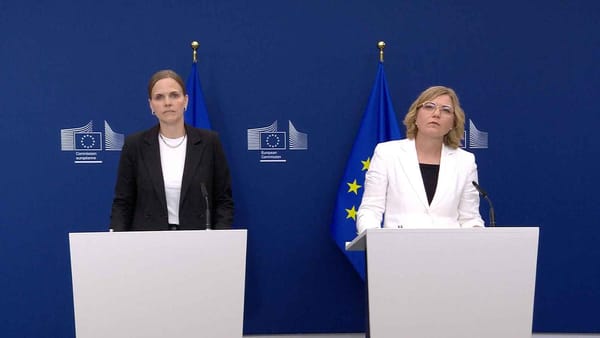EU Presents Guidelines for Protection of Minors and Blueprint for Age Rating Apps




The EU has presented its guidelines on youth protection under the DSA and a blueprint for an age verification app. Denmark, France, Spain, Italy and Greece are leading the way as pilot markets for the project, which will also be relevant for the games industry.
The EU and youth protection advocates are primarily concerned with social media in both the guidelines and the age verification app, but youth protection under the Digital Services Act (DSA) covers digital platforms of all kinds. This includes the online services of console manufacturers as well as games that have developed into platforms and ecosystems such as Minecraft, Roblox and Fortnite. The same applies to games that achieve correspondingly high user numbers.
The guidelines, which were presented by EU Commissioner Henna Virkkunen and Danish Digital Minister Caroline Stage Olsen, are rather general in nature. For example, they stipulate that accounts of minors must be set to private by default and that minors must have more control over their feeds and activities. Content posted by children and young people must also not be downloadable or screenshotable.
The guidelines stipulating that communication that could encourage excessive use should be disabled by default are likely to be relevant for the gaming industry. These include, for example, ‘streaks’, ephemeral content, read receipts and push notifications, but also the removal of design elements that are primarily aimed at interaction.
The guidelines also provide for the use of effective age verification systems. Here, Brussels is primarily looking at digital identity wallets, which are to be introduced by 2026. Together with a number of pioneering countries such as Denmark, Spain, Italy, France and Greece, a technical blueprint has also been drawn up for age verification apps that can go beyond proving that a person is of legal age.
Denmark in particular is already well advanced in this area and has very detailed ideas, as the Minister for Digital Affairs explained at the press conference. The Danish app will also be able to be used as proof of age in brick-and-mortar shops. The proof will also cover different age groups.
Such a digital app could in turn make it easier to enforce youth protection in games. However, there is one drawback: the age verification app does not aim to provide a uniform EU-wide solution. Instead, the member states themselves will answer important questions such as the age at which ‘digital adulthood’ is reached. This is also due to the different regulations on youth protection that already exist today, which are based on cultural differences.
For the EU Commissioner and Denmark's Minister for Digital Affairs, the guidelines and the blueprint are therefore not the end of the road, but a very important and correct step in the right direction.








